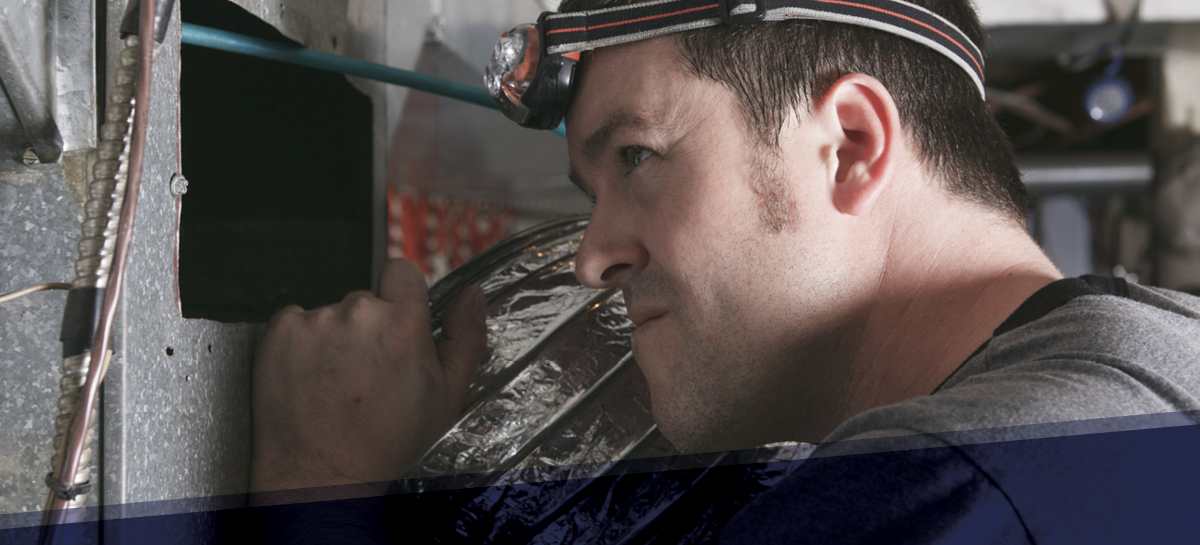Learn about the best ways to enhance whole-home air purification
Clean purified air is desired more than ever, especially in our homes. Harmful particles and pathogens can pose a risk on our short and long term health. There is advanced purification technology that exists and is created with the intention of trying to improve whole-home air quality. Allergists and other medical professionals widely promote allergen avoidance as a way to improve health of sensitive individuals with respiratory diseases.
The premise is simple, reduce exposure to pollutants. Central Air Purification (CAP®) units from Abatement Technologies incorporate one or more effective and targeted air purification technologies for this purpose.
Mechanical particle filtration
Filters are assigned a minimum efficiency reporting value (MERV) rating between 1-16, the higher the rating the better the filter is at removing small particulates. A standard low-efficiency throwaway furnace filter rated at MERV1 or MERV2 is only effective for large particles.
CAP®100, CAP®600 and CAP®1200 series HEPA Air Purification Systems are equipped with MERV 4 first stage pre filters designed primarily to capture large, visible dirt and dust particles that are too large and heavy to be respirable, but can become a housekeeping issue when they accumulate on surfaces. The second stage pleated particle filters in these CAP® models capture smaller, visible particles that can easily pass through most throwaway furnace filters. The high-capacity 5” deep CAP®100 series second stage filter, MERV 13 is especially effective.
Activated carbon filtration
The VAPOR-LOCK® activated carbon filters utilized in CAP®600 Series and CAP®1200 Series models capture airborne gasses, volatile organic compounds off-gassed from carpets, composite wood furniture and other materials in the home, and odors caused by pets, cooking or smoking. VAPOR-LOCK® filters utilize a process known as adsorption, in which the gas-phase molecules of the contaminants are attracted to and chemically bond to the surface of the carbon.
Combining UV Germicidal Irradiation and Photolysis Technologies
Over time our homes endure different issues like persistent molds and fungal odor problems usually found in areas with high moisture or humidity levels like the damp, dark and dirty recesses of an HVAC system where organisms can thrive and multiply.
CAP® systems are equipped with our advanced, dual frequency UV plus lamp. Frequency one creates germicidal UV energy to irradiate and break down molds and fungi. The second frequency creates a controlled amount of trivalent oxygen for enhanced odor-neutralizing capability
CAP®100, CAP®500, CAP®600 and CAP®1200 Series Whole-Home Central Air Purifiers are equipped with germicidal UV lamp technology. Microorganisms are irradiated to high levels of UVGI energy each time they pass by the lamp as the air cycles through the central HVAC system of your home. All CAP® germicidal UV lamps are ozone-free.
HEPA Filtration
The beauty of a HEPA filter is that its efficiency starts at 99.97% and actually improves as the filter loads. Because of the exceptional small-particle capture performance of CAP®600 Series and CAP®1200 Series models, these units are the most widely recommended for homes with family members who are asthmatic or have the highest sensitivity to respiratory allergens.
To learn more about whole-home air purification and best practices, contact our knowledgeable sales consultants here.


